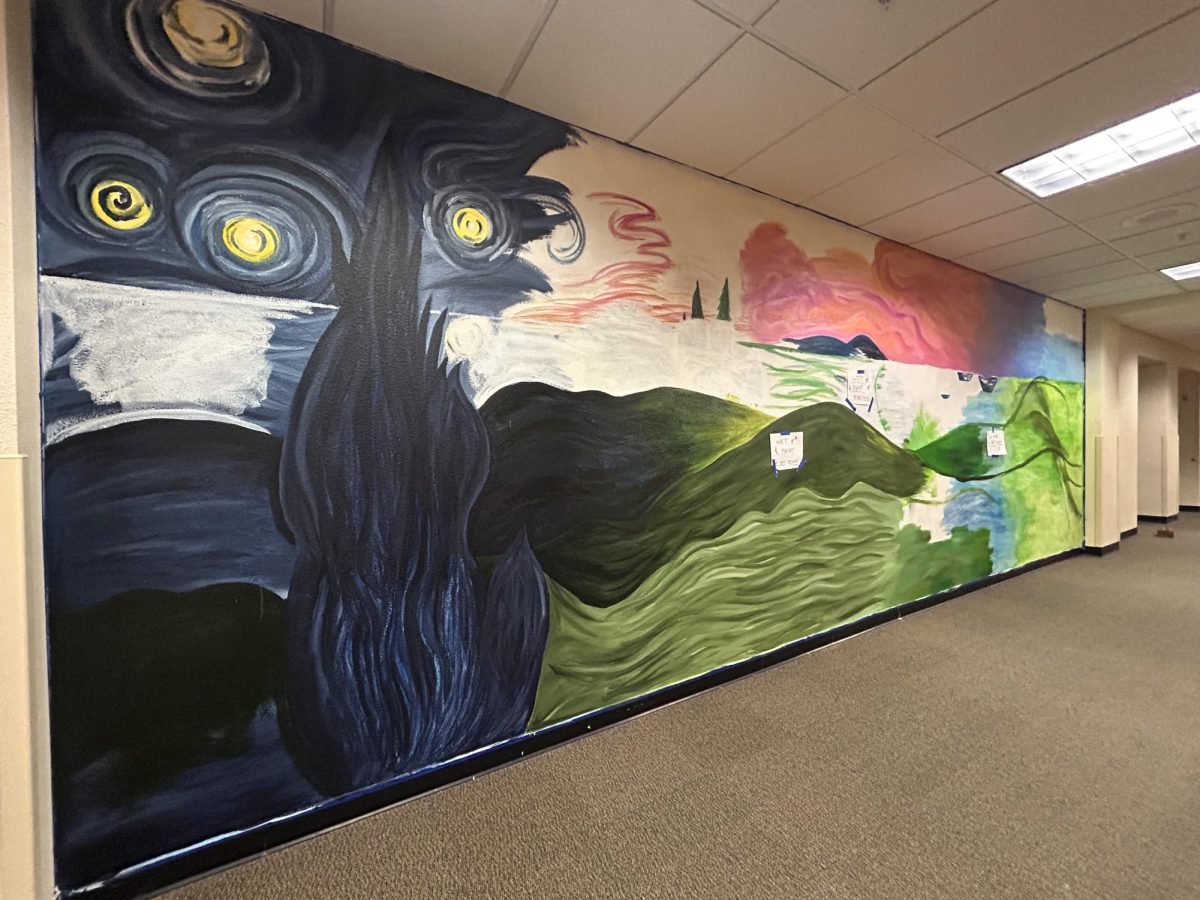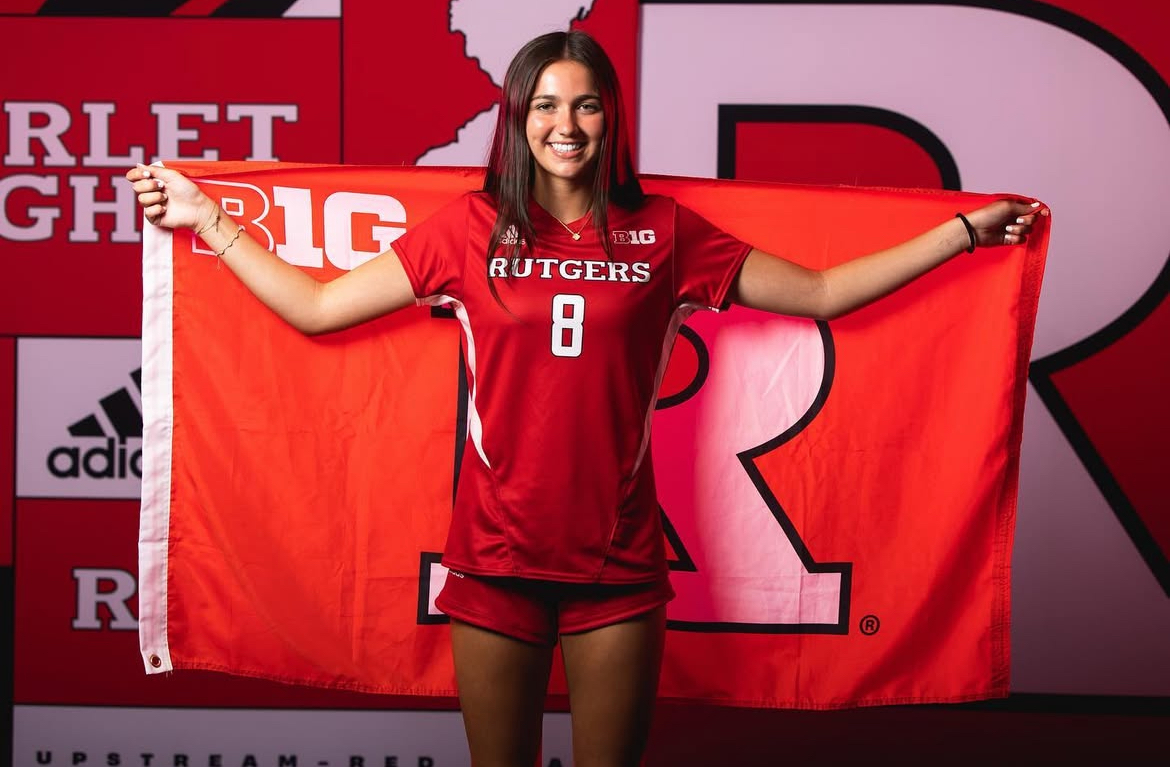The Harlan Institute competition is a virtual Supreme Court competition for high school students that are interested in all aspects of constitutional law. The competition has several levels to it, and students start right in Gerrit Koeppings room and then try to work their way up to the national level.
Four seniors, Zach Jurney, Dak Steinback, Nidhi Nair and Aria Hoch participated in the competition. Jurney and Steinback made it all the way to the semi-finals, and Hoch and Nair made it to the next round of four. This round will give the pair an opportunity to advance to the finals that are in Washington D.C. In the competition, each team submits a legal brief and then argues as a petitioner or a respondent about a Supreme Court case. To get to the national competition, each student goes through a process of argumentation, and each argument gets graded by judges. The team will then advance to the next round until they advance to nationals. There are five rounds to it: submission round, semi-final round, round of eight, round of four and finally the round of champions which takes place in Washington D.C.
Jurney said, “The biggest takeaway for me, at least of this competition is you get to experience this world of not only being an adult but being a lawyer, obviously, and you get to see what it’s like and you get to feel like you’re doing something important. You really feel that importance when you’re competing and researching.”
In the competition, students worked through a court case, formulating sides to each of their arguments in pairs. At LOHS, the pairs were Jurney and Steinbeck on the side of the respondents, while Nair and Hoch were on the side of the petitioners.
To prepare for their rounds, Steinback explained that much of their preparation consisted of “studying case law and finding new ways to interpret this in a nuanced way because [the competition] is mainly about interpretation.”
For Hoch, “you really have to be a nerd about this kind of stuff and find enjoyment and passion in knowing all of the stupid little details … and what judges will think … When it comes to the Supreme Court, you have to understand and place it in the context of the history of the court and about the philosophical questions and ideas that are being proposed.” The duo with Nair and Hoch took their prep outside of school as well, and Nair said that before their rounds “we would go to New Seasons after school and be there until like 10 p.m. to work on our cases.”
The court case that the four of them were working with was Moody v NetChoice which argues about the role social media plays to limit free speech through algorithms, shadow banning and censorship. Nidhi and Hoch in their simulation argued that “social media companies aren’t being violated by a specific als that would require the social media companies to host content that they normal wouldn’t.” For Jurney and Steinback, they argued that social media companies do have protection from the First Amendment so they have the right to express themselves through the content that is posted.
The Harlan Institute competition receives support from Koepping and is an experience for people who “love history or argument. It’s kind of a speech and debate class with constitutional law, and it’s super fun,” said Hoch.





